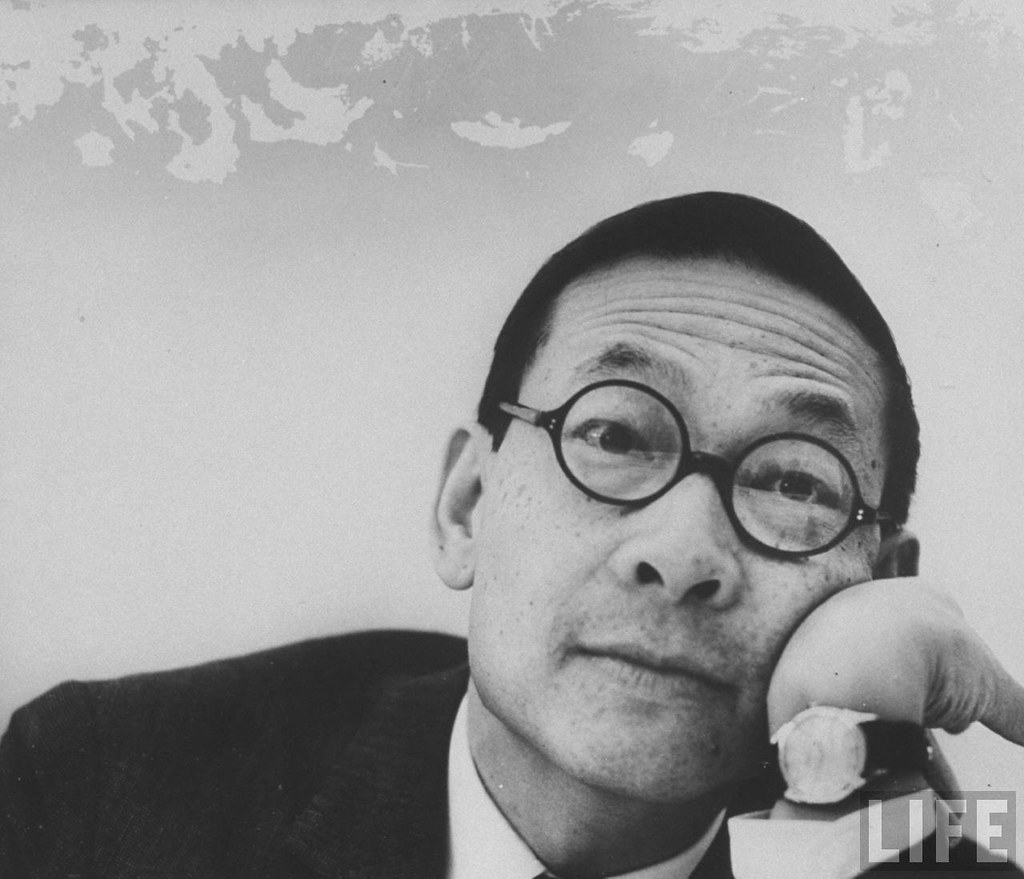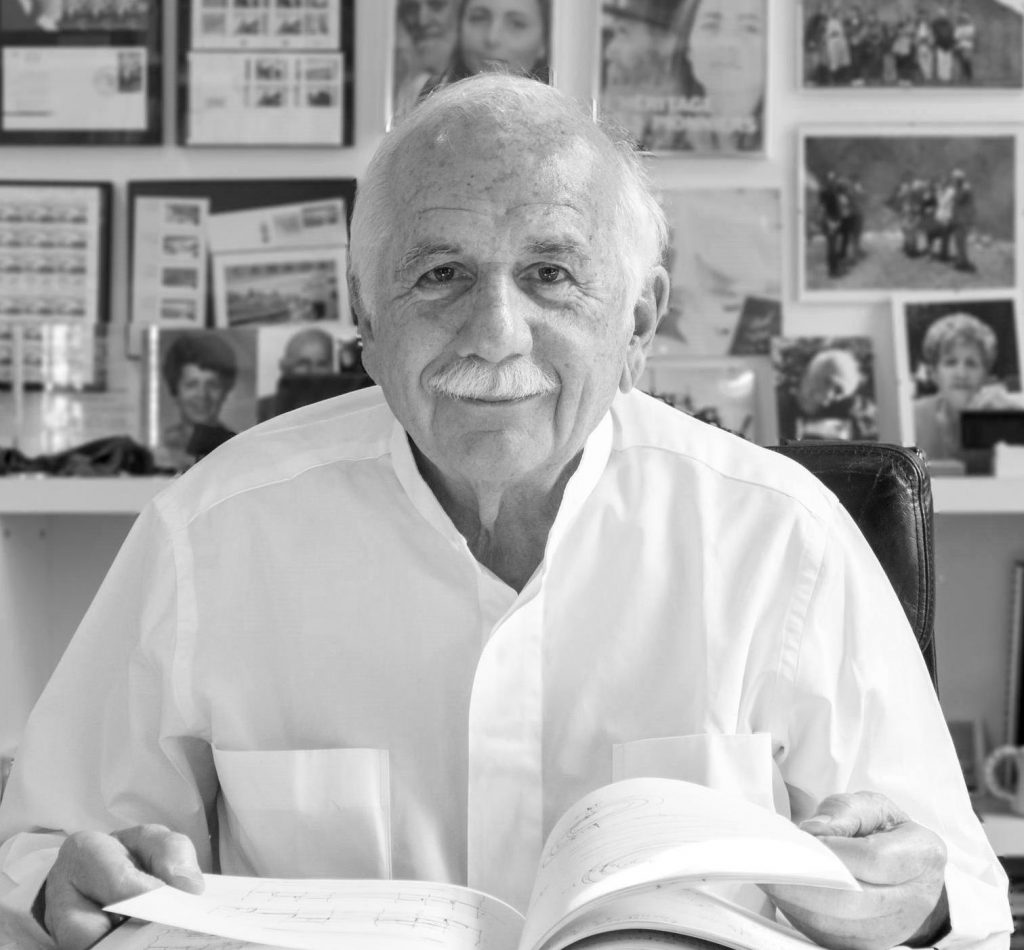Modernism in Architecture: Top 10 Modern Architects
With the beginning of the 20th century, began a new perception of aesthetics. As a result, the aesthetics of a building was no longer limited to the use of decorative architectural features, relief work, carvings, and corbellings. Modernism in architecture replaced ornamentation with a new array of thoughts. This was also based on embracing the idea of “form follows function”. Modernist architecture induced the use of more uniform and minimal materials like glass and steel. This also bought a change in the way buildings were perceived around the world. Everyone had the aspiration to be ‘modern’. Therefore, this deeply influenced the architectural style and spatial quality in those days.
Influence of Modernism in Architecture:
Modernist architecture became dominant after World War II. Post-war, every country around the globe was also in the process of recovery. Therefore, the idea of establishing the values of the nation came up. Everyone around the globe wanted to now reappear stronger than before. Therefore, Modernism became the ultimate solution to establish the idea of a new beginning. The minimalist design was the new “classy” approach that everyone aspired. Therefore, this paved a way for a lot of modern architects as well as modernist buildings.
Modernism in architecture actually got blown out of proportion very quickly. Monotonous glass and steel buildings started popping everywhere. Soon this became a trend to erect glass towers everywhere just to establish ourselves as developed and modern. However, there were some architects who were successful in channelizing this thought process of modernism in the right direction. These modern architects eventually gave us icons of modernism that are worth mentioning even today. Let us have a look at these modernists and their works of glory.
1. Walter Gropius
Walter Gropius is one of the pioneers of Modernism in architecture. Buildings by Gropius are also considered living examples of modernism in architecture. He rose to fame with the ideation of Bauhaus. One of his notable projects is Fagus Werk Factory. His designs were also evidence of the new thinking. Gropius designed structures in steel and glass with large windows. Moreover, this idea of clean and minimal facades drawing light from the exterior to the interior was perhaps a new style in those times.
Notable Projects:
Bauhaus School Building, Konsum Buiding, Dessau Employment office, Dammerstock Housing Estate, Glassworks Amberg.
Key Learnings:
Breaking away the monotony with minimalism and making apt use of daylighting.

2. Alvar Alto
Alvar Alto was referred to as the “Finnish Icon”. He was also famous for the expression of his modernist thoughts through forms and details. Alto was a known name for being a successful architect, Finnish city planner, and furniture designer as well. Also, any work on modernist architecture would be incomplete without the mention of Alvar Alto. His ideology has been highly reflective in each of his works. His ideology is also highly consistent right from the buildings to the furniture he designed. In spite of having a modernist approach, he is also considered as one among those who paid importance to critical regionalism in architecture. Moreover, Alto was successfully able to maintain the balance between global modernism and regional significance in architecture.
Notable Projects:
House of Culture, Helsinki, Cultural Center Wolfsburg, Paimio chair, Finlandia Hall.
Key Learnings:
Exploring modernism with unconventional and local materials, Taking Functionality into consideration.

3. Le Corbusier
Le Corbusier was the one who gave Independent India a modern outlook on Architecture. The city of Chandigarh in India prominently celebrates his works. Moreover, his manifesto of Five points of Architecture and the Modular man has become the ultimate source of modern architecture style. His works also showcase the functionality, design, and incorporation of rigorous geometrical forms.
Notable Projects:
Villa savoye, The palace of Assembly- Chandigarh, The national Museum of Western Art – Tokyo
Key Learnings:
Use of forms and passive techniques in an aesthetic way; the potential of concrete in design.

4. Oscar Neimeyer
Niemeyer is known for the advent of aesthetic possibilities out of reinforced concrete. Moreover, he gave us Modernist buildings having abstract forms, unconventional materials, and bold ideologies. He also defined a new style of Architecture – ‘Modernism’ in the 20th and early 21st centuries. Considered to be one of the gems in the architectural history of Brazil, Oscar Niemeyer has left back around more than 500 projects across parts of America, Africa, and Europe.
All of these projects differ in context to their location, style, and requirement. However, one thing remains constant in all the projects of Neymar, a complex thought process.
Notable Projects:
Oscar Niemeyer Museum. The ministry of Education & health – Brazil, Copan Buiding.
Key Learnings:
Use of concrete and abstract forms in modernist architecture.

5. I M PEI
I M Pei had designed the buildings that are “timeless”. His buildings also have a typical feature of clean and sharp-edged geometries. Moreover, Pei designed buildings with monumental aspirations. Therefore, each of his structures can be attributed to an iconic identity. He was of the opinion that ideas and professional architectural practice could never be integrated. Therefore, he chose to indulge more in ideas more. This is probably why each of his buildings have a strong thoughtful process of depiction as well.
Notable Projects:
Louvre Paris, Suzhou Museum, Milo Museum, Museum of Islamic Art.
Key Learnings:
Importance of ideation in the design process.

6. Philip Johnson
Philip Johnson and his modern architectural style were unique from the rest. The design of his own residence, the Glass House also shows a path-breaking shift in the use of materials and design elements. He used glass panels as walls which shows his affinity towards experimentation and minimalism. Johnson is also one of the prominent personalities in rendering the skyline of New York with a modernist touch. He designed iconic buildings like 550 Madison Avenue and the AT &T tower. The AT&T tower though a post-modernist style of structure designed by Johnson.
Notable Projects:
The glass house, 550 Madison Avenue, The Booth House, Amon Carter Musuem
Key Learnings:
Experimentation with color and textures for exteriors, organizing interior spaces for a better exterior facade.

7. Renzo Piano
Renzo Piano believed in the harmony of architecture and nature. With the design of the Pompidou Center, he also established that superficial treatments in architecture hold no good. He was of the opinion that the services and mechanical systems are a part of the architecture. Therefore, by displaying them on the façade he managed to put forth a new idea of “aesthetics”. Renzo had a philosophy that it is the structure that holds the buildings, the ecology creates an environment, and services allow the functioning of the building. Moreover, he also said that the materials are more important since they define the mass and character of space.
Notable Projects:
The Pompidou center, The shard-London, Whitney Museum of American Art, New York,
Key Learnings:
Paying heed to ancillary systems of buildings, integrating forms that help in the play of light and space.

Image source: Inexhibit
8. Mies van der Rohe
Mies is the most influential architect of the 20th century. He gave us the famous concept of ‘less is more’. This very concept was also behind each of his buildings, designed to be purely minimal. He worked towards creating designs that help to nullify the boundaries between the interiors and exteriors. His works also reflected the use of sleek glass facades and clean and simple geometries. He belied in achieving the best with the most minimal of forms and complications.
Notable Projects:
S R Crown hall, Seagram Building, Farnsworth House, Villa Tugendhat
Key Learnings:
Usage of minimal and clean forms, transparency in design.

9. Moshe safdie
Safdie, an architect, and theorist has been behind the designs of the most celebrated and iconic structures of Modernist Architecture. The Jewel Changi Airport in Singapore and the stacked structure of Habitat 67, both are products of Safdie’s modern architecture style and thought process. His philosophy is that design, and ultimately buildings must contribute to the communities. He also believes that architecture has the power to bring in community involvement and development.
Notable Projects:
Habitat 67. The Jewel Changi Airport, Virasat e Khalsa, Art Science Museum- Singapore
Key Learnings:
Design for communities, embracing the concept of human centered design.

Image Source: IAA
10. Peter Zumthor
‘Uncompromising’ and ‘minimalist’ are usually the two words that describe Zumthor’s works. His philosophy also states that architecture must speak of its surroundings. It is quite indifferent to the idea of modernism otherwise. However, Peter Zumthor manages well to integrate these ideas into modernism. Perter’s ideas of modernist architecture also speak more about the “attention to place” and the usage of materials. All his structures have an association with regional and cultural identities. However, they are still very minimalistic and clean in terms of forms and texture.
Notable Projects:
Kolumba Musuem, 7132 Hotel, Bruder klaus kapelle, Kunsthaus Bregenz
Key Learnings:
Paying attention to the atmosphere and the ecology that the building would create rather than focusing on the forms of construction.

